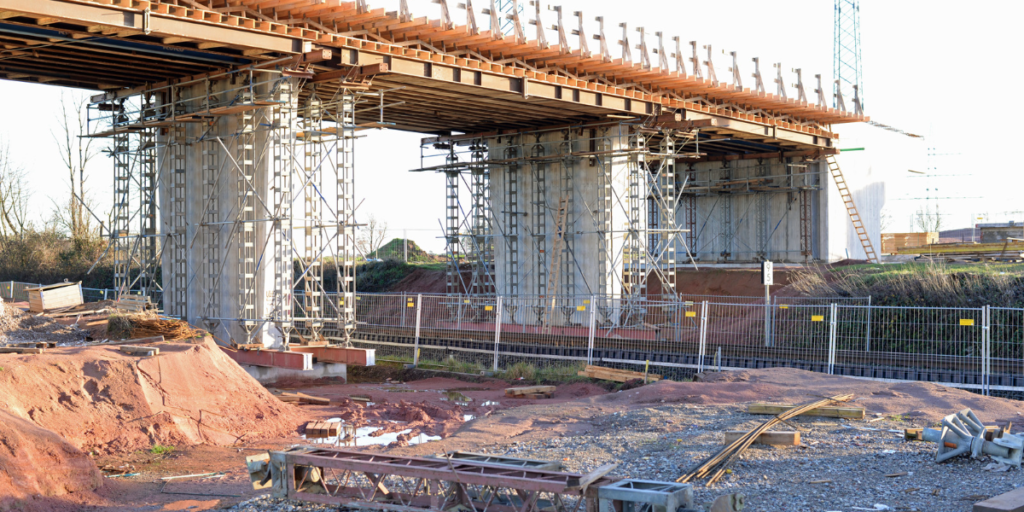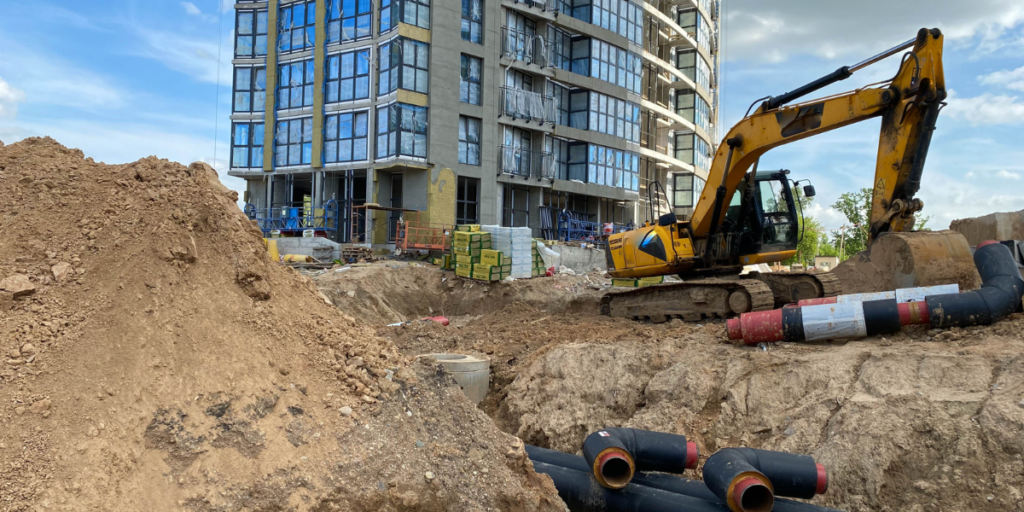Cost variance analysis forms an integral part of project management and financial oversight. This systematic process unveils crucial insights into a project’s performance, highlighting variances between anticipated and actual costs while deciphering their underlying reasons. This article aims to deliver a simplified guide on cost variance analysis, its significance, methodologies, interpretation, and utilization for robust financial management.
Understanding Cost Variance Analysis
Cost Variance Analysis represents a structured technique employed by organizations to contrast the projected costs of a project with the actual costs expended. Through the detection and thorough examination of these cost discrepancies, enterprises can make informed decisions that lessen the effects of cost overruns, escalate profitability, and heighten the overall efficacy of their projects.
The Relevance of Cost Variance Analysis
Maintaining control over costs is fundamental to every project. Unrestrained cost increases can imperil the financial success of a project and potentially its continuance. Consequently, the importance of cost variance analysis cannot be overstated because it:
- Uncovers Cost Discrepancies: It is instrumental in identifying differences between projected and actual expenditures and alerting project managers to potential issues that could threaten the financial well-being of the project.
- Sharpening Budgeting and Forecasting: As you go along, you’ll start to see that the insights you get from cost variance analysis can really help fine-tune your budgeting and forecasting for future projects. It’s like having your very own crystal ball.
- Supporting Proactive Decision-Making: Ever wished for a heads-up when costs start to overrun? Well, cost variance analysis is your answer. It nudges you towards proactive decision-making and helps you roll out corrective measures. You might need to go back to the drawing board with your contracts, rethink your resource allocation, or tweak your project scopes.
- Assesses Project Performance: Cost variance is a critical indicator of project performance. A positive variance implies the project is under budget, while a negative variance suggests the project is over budget.
Methodologies of Cost Variance Analysis
Cost variance analysis is typically conducted using two key techniques: Variance Analysis and Earned Value Management (EVM).
- Variance Analysis: This traditional approach involves comparing actual costs to budgeted costs. The resulting difference is the cost variance.
- Earned Value Management (EVM): This sophisticated technique not only considers cost variance but also accounts for the project’s progress. Blending scope, time, and cost data, provides a more comprehensive and meaningful analysis of project performance. The core metrics in EVM include Earned Value (EV), Actual Cost (AC), and Planned Value (PV), which are used to compute Cost Variance (CV) and Cost Performance Index (CPI).
Deciphering Cost Variance Results
Decoding cost variance results is critical to making informed managerial decisions. We can interpret the results as follows:
- Positive Variance: This indicates that the project is under budget, which could be attributed to cost savings and enhanced resource utilization, among other factors. However, a significant positive variance may also suggest resource underutilization or compromises in quality, necessitating further investigation.
- Negative Variance: This suggests the project is over budget. Frequent causes include unforeseen costs, inadequate budgeting, or inefficient operations. Negative variances should prompt a thorough review to unearth the root causes and develop corrective measures.
Implementing Cost Variance Analysis
To effectively apply cost variance analysis, a systematic approach is required. Following is a step-by-step implementation of cost variance analysis:
- Define a Baseline: Establish the budget or cost baseline against which actual costs will be compared.
- Monitor Actual Costs: Track and accurately record all project costs as they materialize.
- Compute Variance: Subtract the actual costs from the budgeted costs to determine the variance.
- Analyze Variance: Probe significant variances to comprehend their root causes. This stage may require discussions with project teams, contractors, or other involved parties.
- Deploy Corrective Measures: Based on the findings, design and implement corrective measures to rectify negative variances. This may require cost reduction, project plan modification, or budget revision.
- Enhance Budgeting and Forecasting Processes: Utilize the insights derived from cost variance analysis to upgrade future budgeting and forecasting processes.
Final Thoughts
Cost Variance Analysis is a vital instrument in project cost management, offering valuable insights into financial performance, aiding informed decision-making, and facilitating project success. Whether it involves identifying cost discrepancies, refining budgeting precision, or promoting proactive decision-making, cost variance analysis is a powerful tool that every project manager and financial controller should master. By comprehending and applying this analytical method, businesses can amplify their financial management abilities, resulting in heightened profitability and more successful project outcomes.









